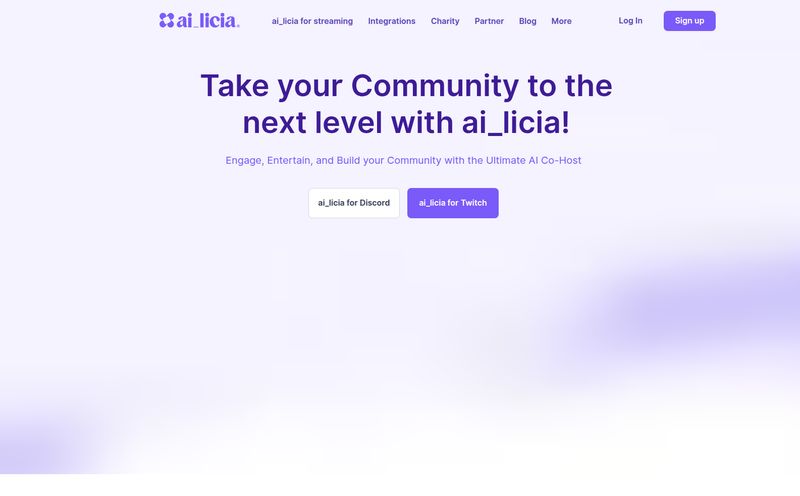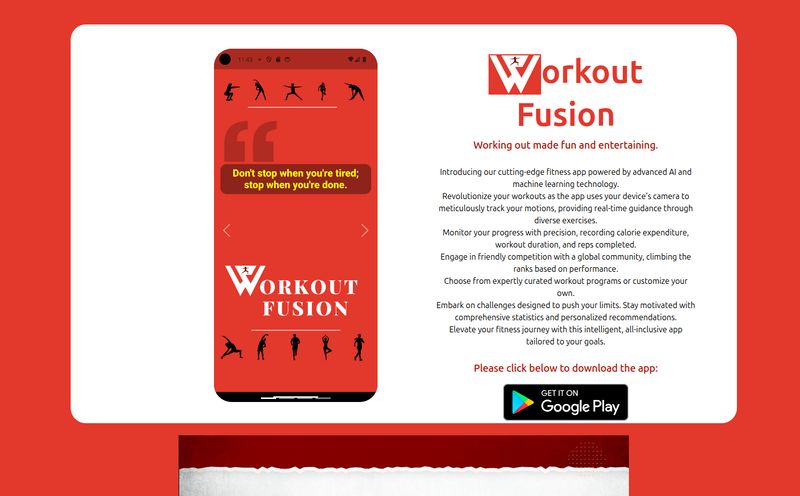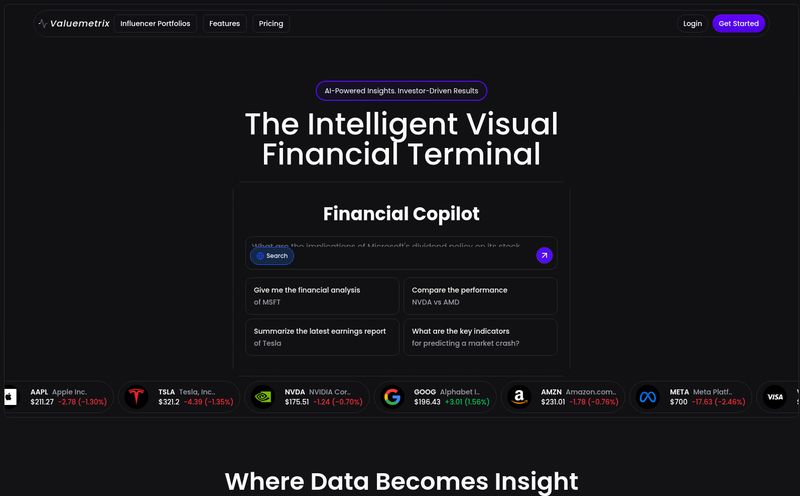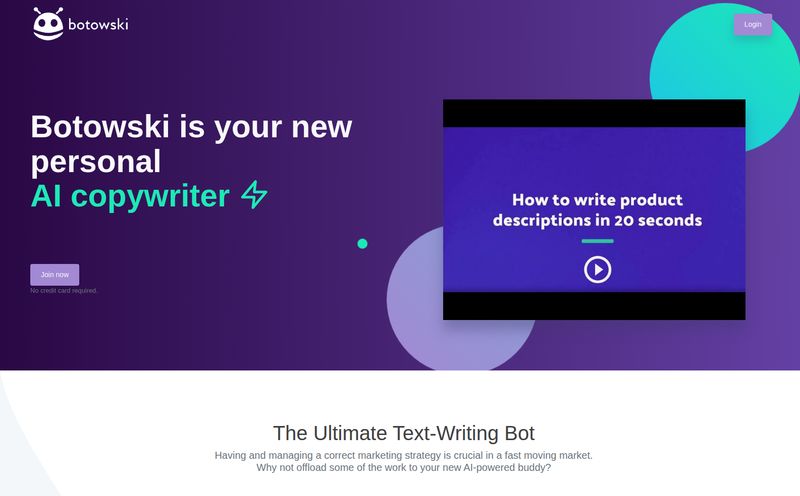I've been in the digital marketing game for years, and I've seen a tidal wave of apps that promise to change your life. Most of them are just flashes in the pan. So when I heard about Pl@ntNet, another app that claims to identify any plant from a photo, my first reaction was a solid... meh. Another gimmick, right?
But then I started digging. And walking around my garden. And taking pictures of weeds I've been fighting for ages. And you know what? I was wrong. Pl@ntNet is something different. It’s not just a tool; it feels more like joining a global team of nature detectives. It's less of a simple 'plant scanner' and more of a pocket-sized botanist with a direct line to a massive scientific database.
So, What Exactly is Pl@ntNet Anyway?
Let's get the basics out of the way. Pl@ntNet is an application (for your phone or web browser) that uses visual recognition software to identify plants from your photos. You snap a picture of a leaf, flower, fruit, or even bark, and the app cross-references it with its gigantic database to give you a likely match. Simple.
But that's where the comparison to other apps stops. This isn’t some venture-capital-backed project plastered with ads or pushing a premium subscription. The whole thing is a participatory science project. Every photo you submit, every identification you confirm, helps scientists and researchers at institutions like INRAE and CIRAD track plant biodiversity, monitor invasive species, and just generally understand our world a little better. You're not just a user; you're a contributor. A citizen scientist. And that, for me, changes everything.
Taking Pl@ntNet for a Spin in the Wild
Getting started is ridiculously easy. I downloaded it from the App Store (it's on Google Play and the web too), and there was no pesky signup wall. I walked right out my back door to a suspicious-looking vine that's been trying to conquer my fence for the past two months.
I snapped a picture of its leaf. The app asks you to clarify what part of the plant you photographed—leaf, flower, fruit, or bark. This is smart, as it helps the AI narrow things down. I selected 'leaf', hit the button, and within about five seconds, it came back with a list of possibilities, ranked by how confident it was. The top result: Virginia Creeper. With a 97.4% match score. A quick Google search confirmed it. Mystery solved.
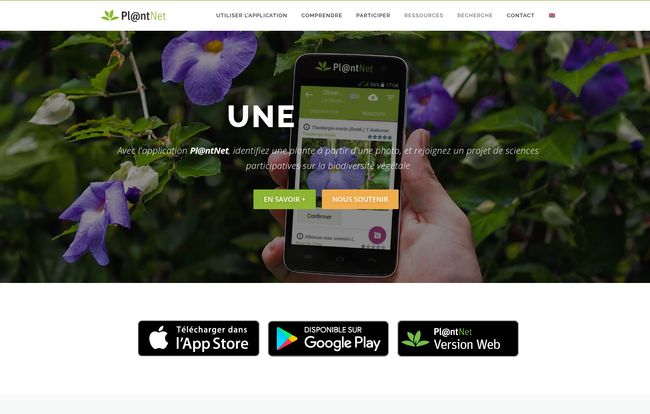
Visit Pl@ntNet
The interface is clean. It’s not flashy, but it’s incredibly functional. You get the common and scientific names, links to more information, and you can see other user photos of the same plant to compare. It felt less like using an app and more like collaborating with a very, very smart friend.
The Good, The Bad, and The Leafy
No tool is perfect, but Pl@ntNet gets a lot of things right. After using it for a few weeks on hikes, in my own yard, and even on sad-looking houseplants at the grocery store, here’s my honest breakdown.
What I Genuinely Love About Pl@ntNet
First off, it’s completely free. No ads. No surprise paywalls. No “unlock premium features for $9.99/month.” In today's app economy, that’s practically a miracle. This is possible because it’s a research project supported by outfits like the Agropolis Foundation. They care more about the data than your dollars, and it shows.
The sheer scale of the database is another huge plus. We're talking millions upon millions of images covering tens of thousands of species. This isn't just for common backyard flowers; it has multiple 'floras' or projects you can contribute to, from a general world flora to specific ones for crops or invasive species. It gives the whole experience a sense of purpose. I’m not just figuring out what that weird weed is; I’m helping map its presence.
A Few Thorns Among the Roses
Of course, it’s not all sunshine and daisies. The biggest catch is that the identification accuracy is heavily dependent on your photo quality. A blurry, poorly-lit picture of a half-eaten leaf isn't going to give you great results. I tried snapping a photo of a strange-looking mushroom once (don't do this, the app is for plants!), and the results were… comical. You need to give the AI good data to get a good answer. Take a clear shot, on a neutral background if possible, and focus on one key feature like the flower or a single leaf.
It also really needs an internet connection to work its magic, which makes sense since it’s tapping into a massive online database. The offline functionality is pretty limited, so if you're deep in the backcountry with no signal, you'll have to save your photos and identify them later. A minor inconvenience, but something to be aware of if you’re a serious off-the-grid hiker.
The Science Behind Your Snap
The tech here is a fascinating blend of artificial intelligence and people power. The image-based plant recognition is fueled by a constant stream of new photos from users like you and me. Experts then validate these identifications, which in turn teaches the AI to be smarter. It’s a self-improving cycle. A digital ecosystem, if you will.
This approach, called citizen science, is powerful. Think about it: a handful of botanists can only cover so much ground. But millions of users all over the world? They can create a living, breathing map of the planet's flora in real-time. It's a crowdsourced field guide on a global scale, and frankly, it's brilliant.
Pl@ntNet Versus The Competition
How does it stack up against other big names in the plant ID world? Here’s a quick, no-nonsense look.
| Feature | Pl@ntNet | Other Popular Apps (e.g., PictureThis) |
|---|---|---|
| Cost | Completely Free | Freemium model, often with aggressive subscription pushes |
| Primary Goal | Scientific research & biodiversity data | Commercial user service, sometimes with plant care tips |
| Ads & Data | No ads, no data resale | Often contains ads and may monetize user data |
| Community | Focused on contributing to scientific projects | Social features, but less focus on scientific contribution |
The choice really comes down to your philosophy. If you want a slick app with lots of gardening bells and whistles and dont mind paying, other options are fine. But if you believe in the mission of open-source data and contributing to science, Pl@ntNet is the clear winner.
My Final Verdict: Is Pl@ntNet Worth the Download?
Without a doubt, yes. One hundred percent. It's an incredibly powerful, accurate, and useful tool for anyone with even a passing curiosity about the green things growing around them.
Whether you're a serious gardener trying to identify a mystery pest-attracting plant, a parent teaching your kids about local nature, a student working on a biology project, or just someone like me who wants to know the name of that pretty purple flower on their morning walk, Pl@ntNet delivers.
But the real magic isn’t just in the identification. It’s in the participation. It transforms a simple, personal act of curiosity into a valuable piece of data for the global scientific community. You're not just getting an answer; you're giving back. And in a world of apps that constantly want to take something from you—your money, your data, your attention—there's something definately refreshing about one that just wants to share knowledge.
Frequently Asked Questions About Pl@ntNet
- 1. Is Pl@ntNet actually free to use?
- Yes, it is completely free. There are no hidden costs, subscriptions, or advertisements. It's a non-profit scientific project.
- 2. How accurate is the plant identification?
- It's very accurate, but the quality of your photo is the most important factor. For best results, take a clear, well-lit photo of a distinct part of the plant, like the flower or a single leaf, against a plain background.
- 3. Can Pl@ntNet identify plant diseases or pests?
- While its primary function is species identification, some of the projects within Pl@ntNet are focused on observing plant health. However, it's not a dedicated plant disease diagnosis tool.
- 4. Do I need an internet connection to use Pl@ntNet?
- Yes, for the identification feature to work, you need to be connected to the internet. You can take photos while offline and then upload them for identification once you have a connection again.
- 5. What kind of plants can it identify?
- It can identify a huge range of plants from all over the world, including flowering plants, trees, grasses, conifers, ferns, and vines. Its database is constantly growing thanks to user contributions.
- 6. Who is behind the Pl@ntNet project?
- It's a collaborative project developed by scientists from French research organizations like CIRAD, INRAE, Inria, and IRD, with support from the Agropolis Foundation.
Reference and Sources
- The Official Pl@ntNet Website: https://plantnet.org/
- Agropolis Foundation: https://www.agropolis-fondation.fr/
- INRAE (France's National Research Institute for Agriculture, Food and Environment): https://www.inrae.fr/
